The New York Trilogy by Paul Auster
"It was a wrong number that started it, the telephone ringing three times in the dead of night, and the voice on the other end asking for someone he was not."
(City of Glass, Page 1)
The manuscripts of The New York Trilogy
At the prestigious New York Public Library, on the Berg Collection’s shelves, lay historical and literary treasures, such as Paul Auster’s archives. Hundred of boxes are filled with manuscripts, drafts, typescripts, pages of famous novels, correspondences… We had the chance to have access to them thanks to the famous writer and the curator, Isaac Gewirtz, who guided us through this captivating labyrinth of documents.
This edition is the reproduction of The New York Trilogy’s manuscripts. From a first draft for City of Glass, entitled New York Confidential, then a typed version of Ghosts, entitled Black outs, to a quite advanced manuscript of The Locked Room: reading them is a fabulous dive in Paul Auster’s extremely creative laboratory. They allow an accurate eye to understand the layers which compose each novel, and they are the testimony of the work in progress, also highlighting what Paul Auster considers as a full artistic process, the choice of the titles - The Locked Room was initially called Ghosts.
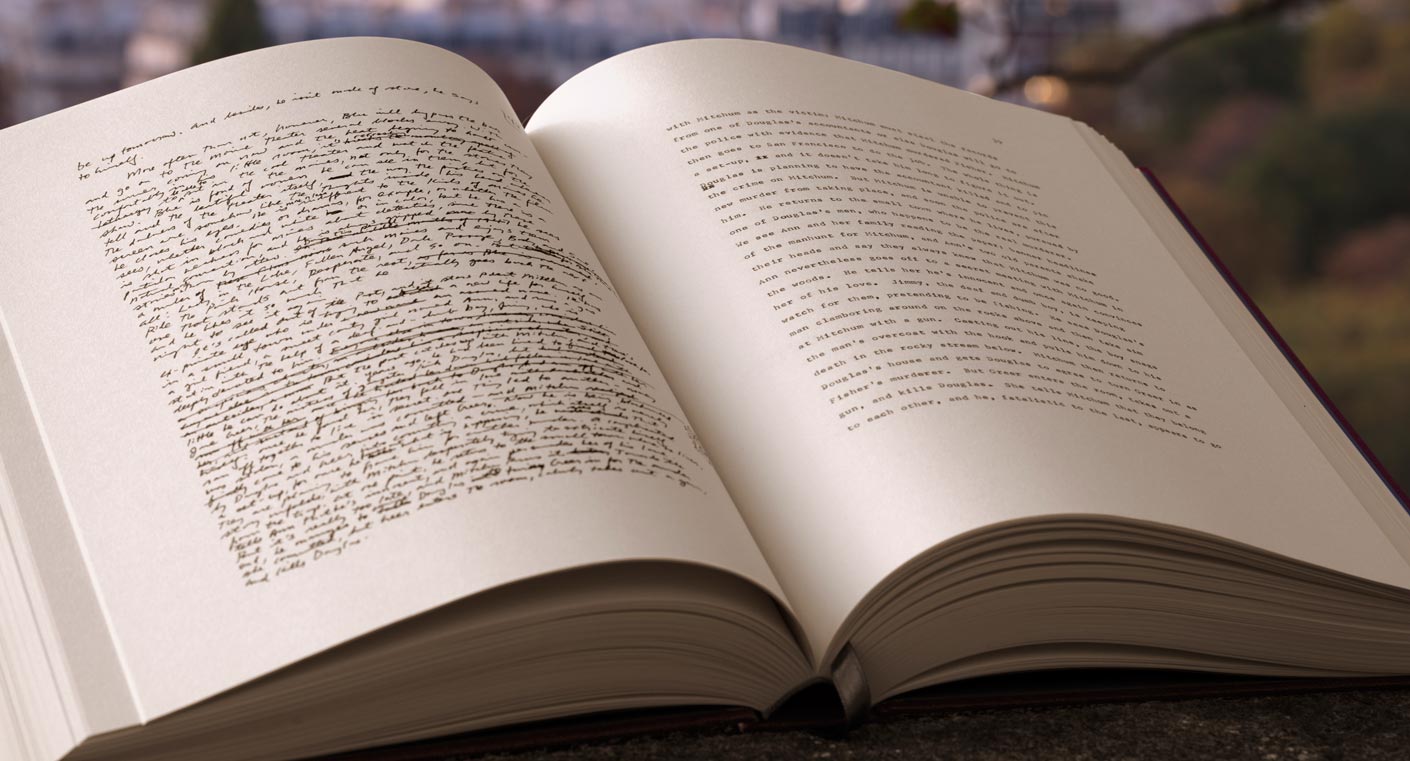
The metamorphosis of the writing
Paul Auster is one of the last authors who still write by hand. And he makes it with a deep accuracy: as he once confessed in an interview, he always begins by sketching the story in very vague terms such as "1. New York. Someone goes home. 2. Pittsburgh. Something about…", before he develops the plot in notebooks, rewriting paragraphs up to seven times and spending sometimes six hours on a single one. Once the hand-writing is over, the text is typed. The typescripts are then covered with many corrections with a pen, in the margins or on the left pages.
Those typewritten versions get loaded again with many corrections in pen, written in the margins or on the left pages. Black Outs gives a good example of this stage of the text.
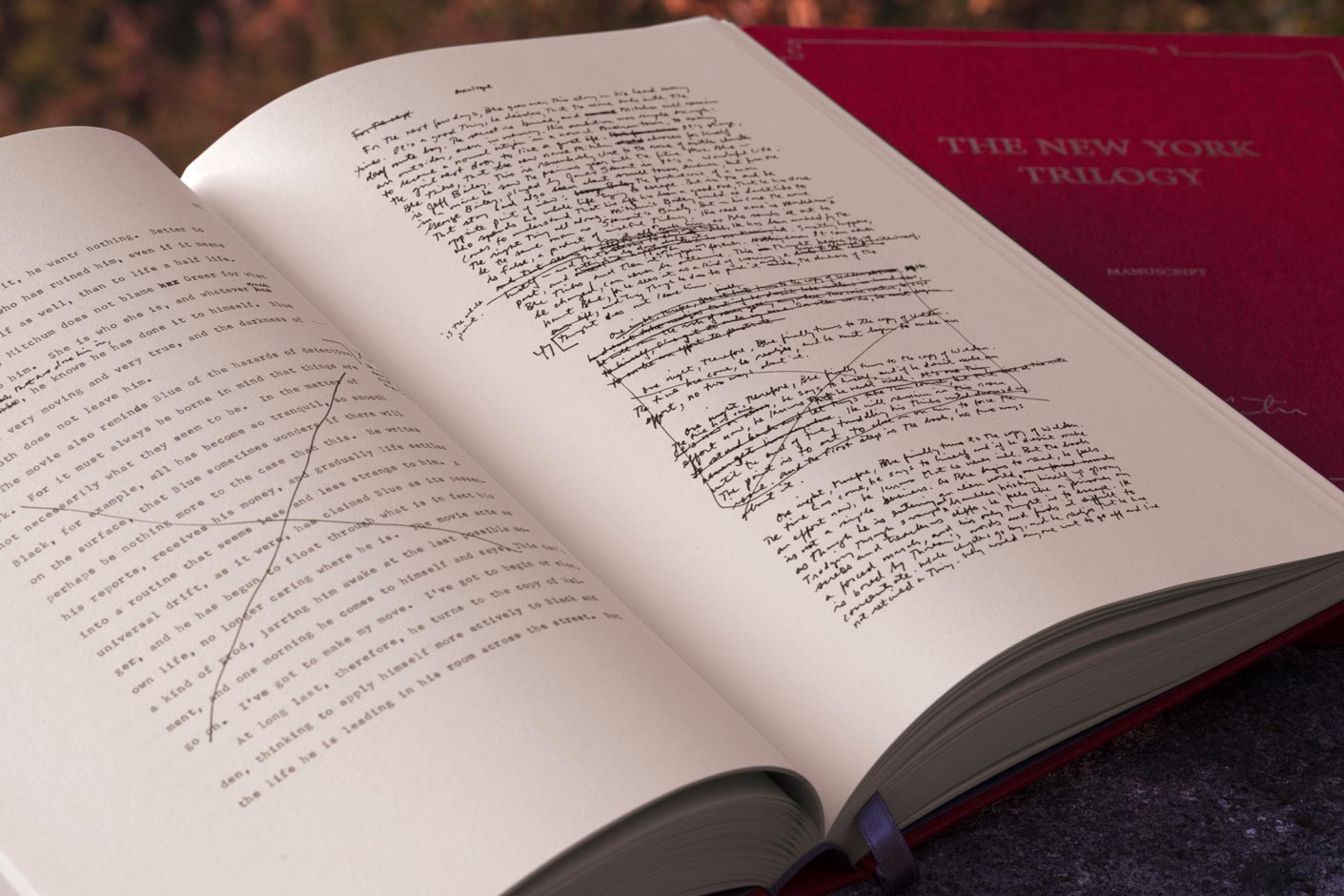
Paul Auster's secrets of composition
The three plots forming The New York Trilogy were written separately. Their brilliant architecture and narration, which contributed to their success and audience, are giving a taste of a certain detective literature. The manuscripts, for example, reveal many references to cinema, American and European literature used by Auster - that do not appear in the final versions the public knows. City of Glass was for instance originally entitled New York City Confidential, in reference to Russel Rouse’s movie (1955).
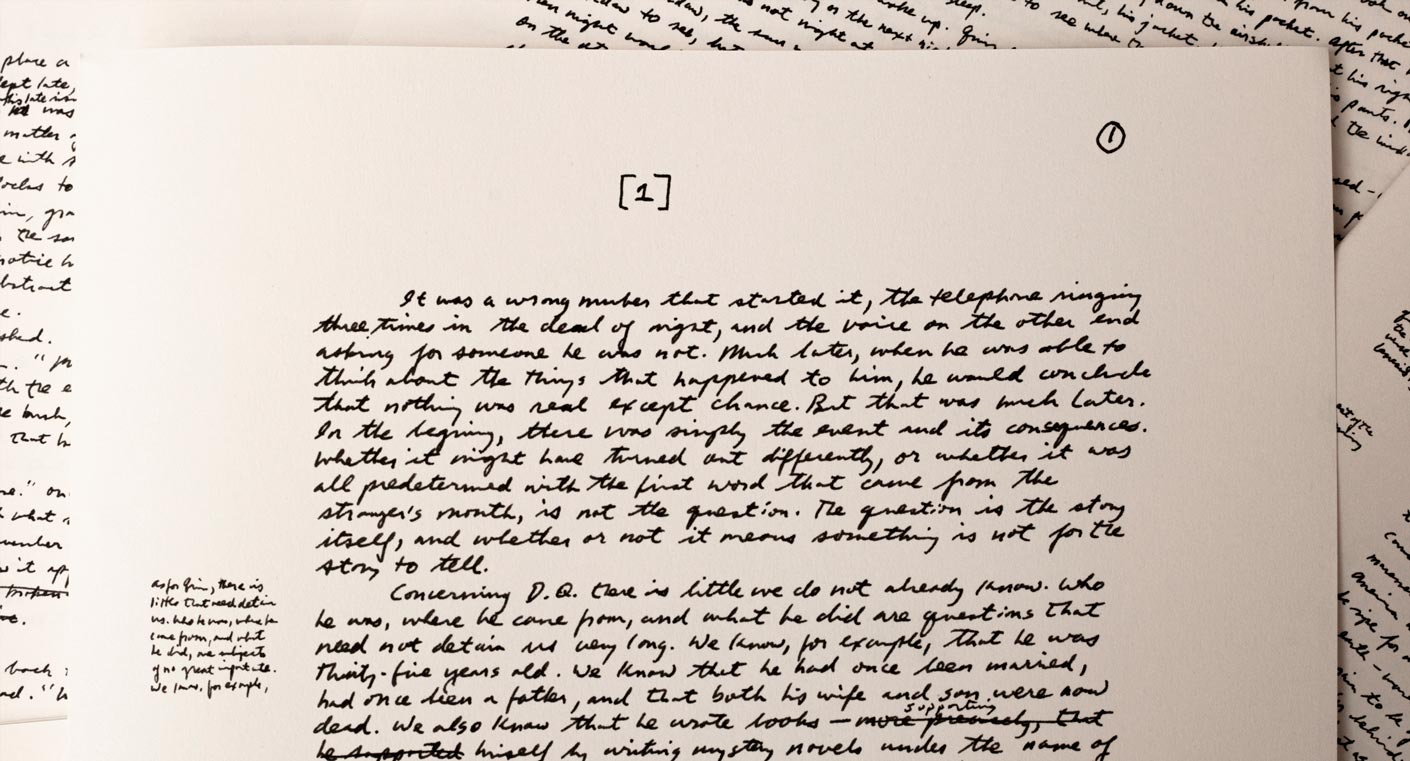
Often considered as Paul Auster’s masterpiece, The New York Trilogy earned him a worldwilde success, with a particularly enthusiastic reception in France. However, City of Glass was first rejected by seventeen publishers before it was released and selected, almost immediately, for the prestigious Edgar Allan Poe Awards in 1985. This first volume was followed by Ghosts and The Locked Room in 1986.
Deluxe edition
Numbered from 1 to 1,000, this Carmine red edition is presented in a large format handmade slipcase.
Printed with vegetal ink on eco-friendly paper, each book is bound and sewn using only the finest materials.
Mrs Dalloway: Thanks to a new reproduction of the only full draft of Mrs. Dalloway, handwritten in three notebooks and initially titled “The Hours,” we now know that the story she completed — about a day in the life of a London housewife planning a dinner party — was a far cry from the one she’d set out to write (...)
The Grapes of Wrath: The handwritten manuscript of John Steinbeck’s masterpiece The Grapes of Wrath, complete with the swearwords excised from the published novel and revealing the urgency with which the author wrote, is to be published for the first time. There are scarcely any crossings-out or rewrites in the manuscript, although the original shows how publisher Viking Press edited out Steinbeck’s dozen uses of the word “fuck”, in an attempt to make the novel less controversial. (...)
Jane Eyre: This is a book for passionate people who are willing to discover Jane Eyre and Charlotte Brontë's work in a new way. Brontë's prose is clear, with only occasional modifications. She sometimes strikes out words, proposes others, circles a sentence she doesn't like and replaces it with another carefully crafted option. (...)
The Jungle Book: Some 173 sheets bearing Kipling’s elegant handwriting, and about a dozen drawings in black ink, offer insights into his creative process. The drawings were not published because they are unfinished, essentially works in progress. (...)
The Lost World: SP Books has published a new edition of The Lost World, Conan Doyle’s 1912 landmark adventure story. It reproduces Conan Doyle’s original manuscript for the first time, and includes a foreword by Jon Lellenberg: "It was very exciting to see, page by page, the creation of Conan Doyle’s story. To see the mind of the man as he wrote it". Among Conan Doyle’s archive, Lellenberg made an extraordinary discovery – a stash of photographs of the writer and his friends dressed as characters from the novel, with Conan Doyle taking the part of its combustible hero, Professor Challenger. (...)
Frankenstein: There is understandably a burst of activity surrounding the book’s 200th anniversary. The original, 1818 edition has been reissued, as paperback by Penguin Classics. There’s a beautifully illustrated hardcover, “The New Annotated Frankenstein” (Liveright) and a spectacular limited edition luxury facsimile by SP Books of the original manuscript in Shelley's own handwriting based on her notebooks. (...)
The Great Gatsby: But what if you require a big sumptuous volume to place under the tree? You won’t find anything more breathtaking than SP Books ’s facsimile of F. Scott Fitzgerald’s handwritten manuscript of The Great Gatsby, showing the deletions, emendations and reworked passages that eventually produced an American masterpiece (...)
Oliver Twist: In the first ever facsimile edition of the manuscript SP Books celebrates this iconic tale, revealing largely unseen edits that shed new light on the narrative of the story and on Dickens’s personality. Heavy lines blocking out text are intermixed with painterly arabesque annotations, while some characters' names are changed, including Oliver’s aunt Rose who was originally called Emily. The manuscript also provides insight into how Dickens censored his text, evident in the repeated attempts to curb his tendency towards over-emphasis and the use of violent language, particularly in moderating Bill Sikes’s brutality to Nancy. (...)
Peter Pan: It is the manuscript of the latter, one of the jewels of the Berg Collection in the New York Public Library, which is reproduced here for the first time. Peter’s adventures in Neverland, described in Barrie’s small neat handwriting, are brought to life by the evocative color plates with which the artist Gwynedd Hudson decorated one of the last editions to be published in Barrie’s lifetime. (...)






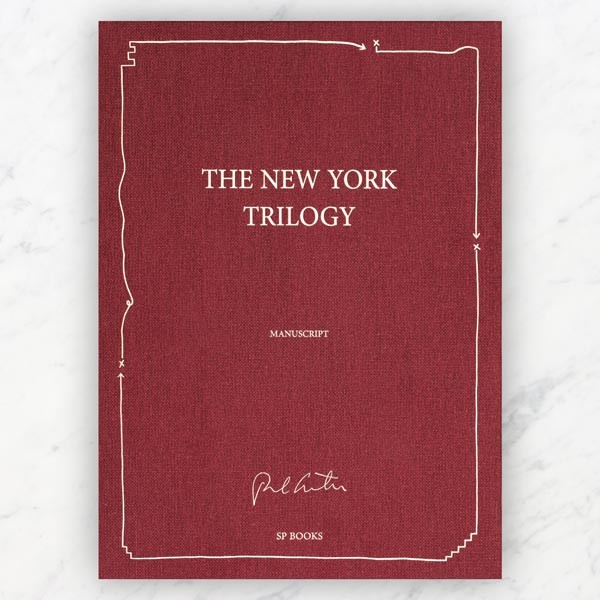





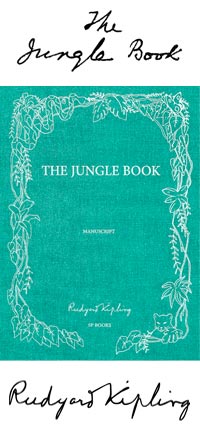
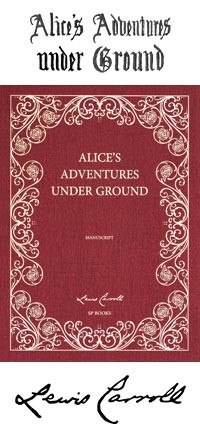
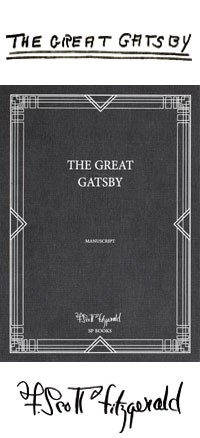
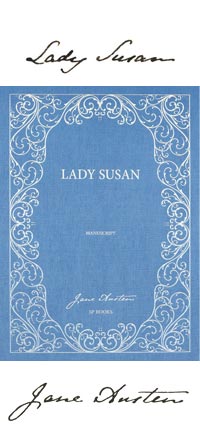
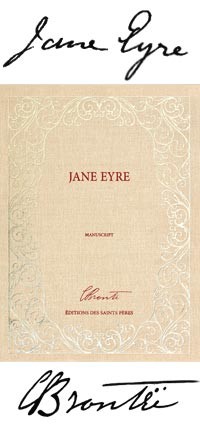

Customer reviews
Très belle quelle qualité des ouvrages et les conditions d'envoi sont excellentes Merci à vous.